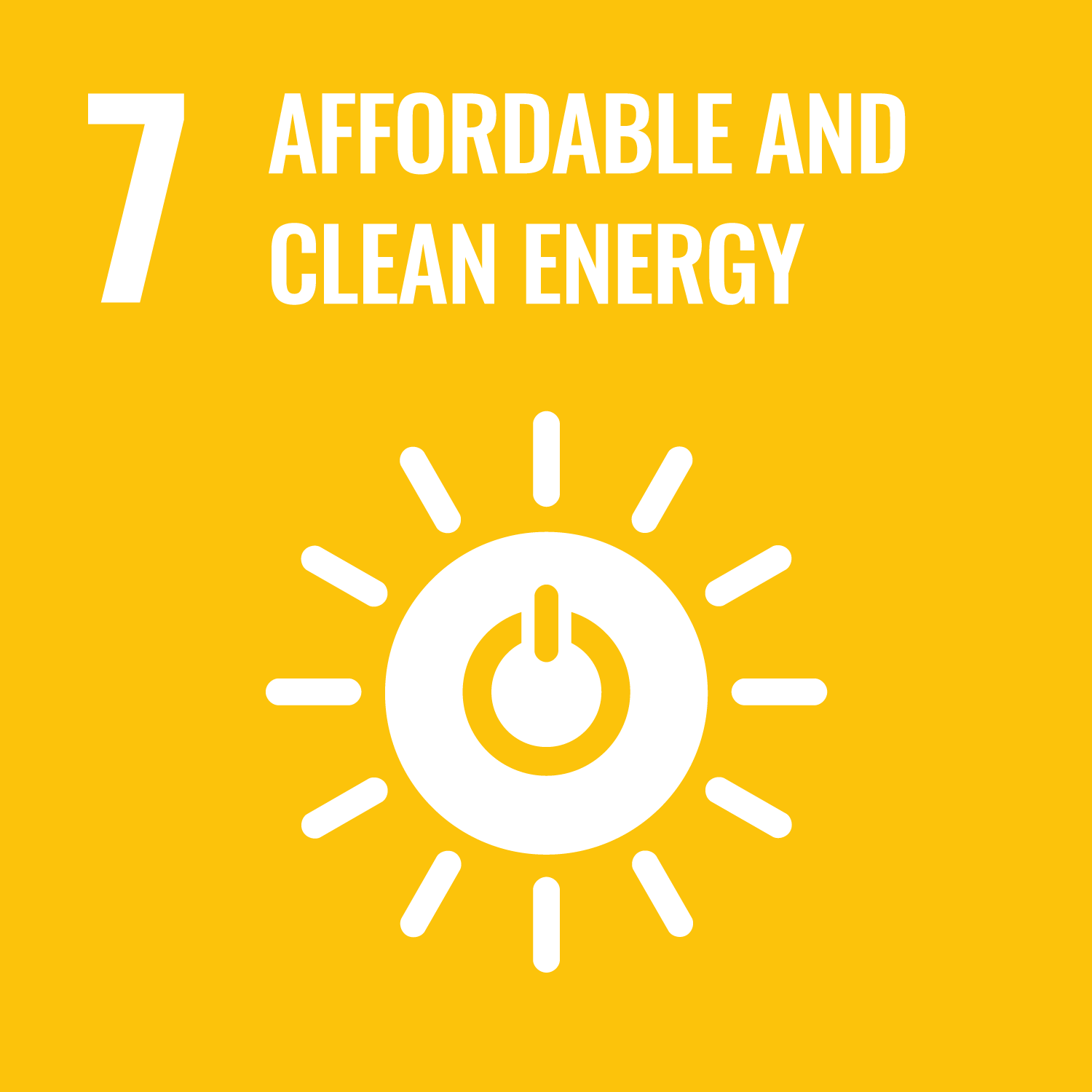Can electrifying our homes truly combat climate change? A new study from Universiti Teknologi Malaysia (UTM) dives deep into this question, examining how the shift to electricity for heating, cooling, and other household needs is impacting carbon emissions worldwide. As global climate change intensifies, reducing the carbon footprint of residential buildings is more critical than ever, considering buildings account for a significant portion of global energy consumption and greenhouse gas emissions.
Researchers at UTM conducted a comprehensive analysis of global residential building emissions, looking at the period between 2000 and 2021. The study used a method called decomposing structural decomposition (DSD) to pinpoint the specific factors influencing changes in carbon intensity as countries adopt electricity for various end-use activities within homes. The goal was to assess the effectiveness of building electrification in decarbonization and how this varies across different regions.
Interestingly, the study found a mixed bag of results. While the global electrification level has significantly increased (from about 30% to 40% in the period studied), simply switching to electricity isn’t a guaranteed solution for reducing emissions. In fact, in many cases, the increased use of electricity has led to higher carbon intensity. However, it was also observed that changes in how electricity is produced – specifically, using cleaner energy sources – has had a positive impact on reducing emissions. The study pinpointed that the electrification of space heating was a major contributor to carbon reduction. Cooling and lighting electrification contributed to a lesser extent, whereas emission reductions from appliances were stable. Water heating and cooking electrification had mixed outcomes depending on the country.
The research highlights the importance of considering the energy source of electricity. Simply switching from fossil fuels to electricity for household needs won’t solve the problem if the electricity is still generated from coal or other high-emission sources. A true transition requires a shift toward renewable energy sources like solar, wind, and hydro power.
This research provides valuable insights for policymakers and industry leaders looking to decarbonize the residential building sector. The UTM team suggests several electrification decarbonization strategies. By understanding the nuances of electrification and its impact on emissions in different contexts, nations can develop more effective strategies to achieve net-zero emission targets. The next steps involve further research into specific regional strategies and technological advancements that can accelerate the transition to a carbon-neutral future for residential buildings worldwide. The complete study is available at https://doi.org/10.1007/s40430-025-05534-9


